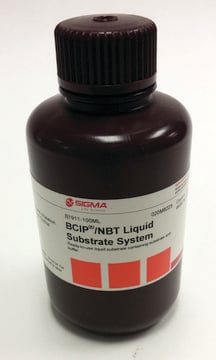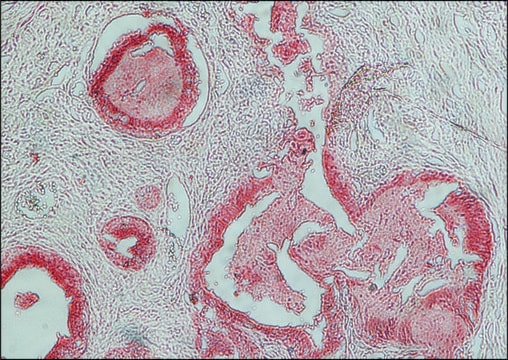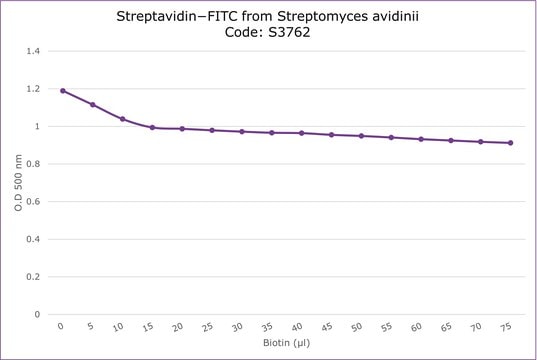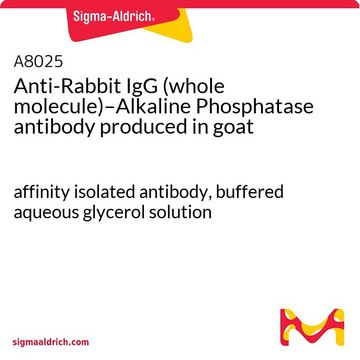C3117
Monoclonal Anti-Cy3/Cy5−Biotin antibody produced in mouse
~1 mg/mL, clone CY-96, purified immunoglobulin, buffered aqueous solution
Sinónimos:
Monoclonal Anti-Cy3/Cy5
About This Item
Productos recomendados
biological source
mouse
Quality Level
conjugate
biotin conjugate
antibody form
purified immunoglobulin
antibody product type
primary antibodies
clone
CY-96, monoclonal
form
buffered aqueous solution
concentration
~1 mg/mL
technique(s)
direct ELISA: suitable
dot blot: suitable
immunocytochemistry: 1-2 μg/mL using chicken fibroblasts
microarray: suitable
isotype
IgG2a
shipped in
dry ice
storage temp.
−20°C
target post-translational modification
unmodified
¿Está buscando productos similares? Visita Guía de comparación de productos
General description
Specificity
Immunogen
Application
- enzyme linked immunosorbent assay (ELISA)
- immunocytochemistry
- dot blot assay
- protein microarrays
- immunofluorescenc
Biochem/physiol Actions
Physical form
Disclaimer
¿No encuentra el producto adecuado?
Pruebe nuestro Herramienta de selección de productos.
Storage Class
10 - Combustible liquids
wgk_germany
WGK 3
flash_point_f
Not applicable
flash_point_c
Not applicable
ppe
Eyeshields, Gloves, multi-purpose combination respirator cartridge (US)
Elija entre una de las versiones más recientes:
Certificados de análisis (COA)
¿No ve la versión correcta?
Si necesita una versión concreta, puede buscar un certificado específico por el número de lote.
¿Ya tiene este producto?
Encuentre la documentación para los productos que ha comprado recientemente en la Biblioteca de documentos.
Nuestro equipo de científicos tiene experiencia en todas las áreas de investigación: Ciencias de la vida, Ciencia de los materiales, Síntesis química, Cromatografía, Analítica y muchas otras.
Póngase en contacto con el Servicio técnico








